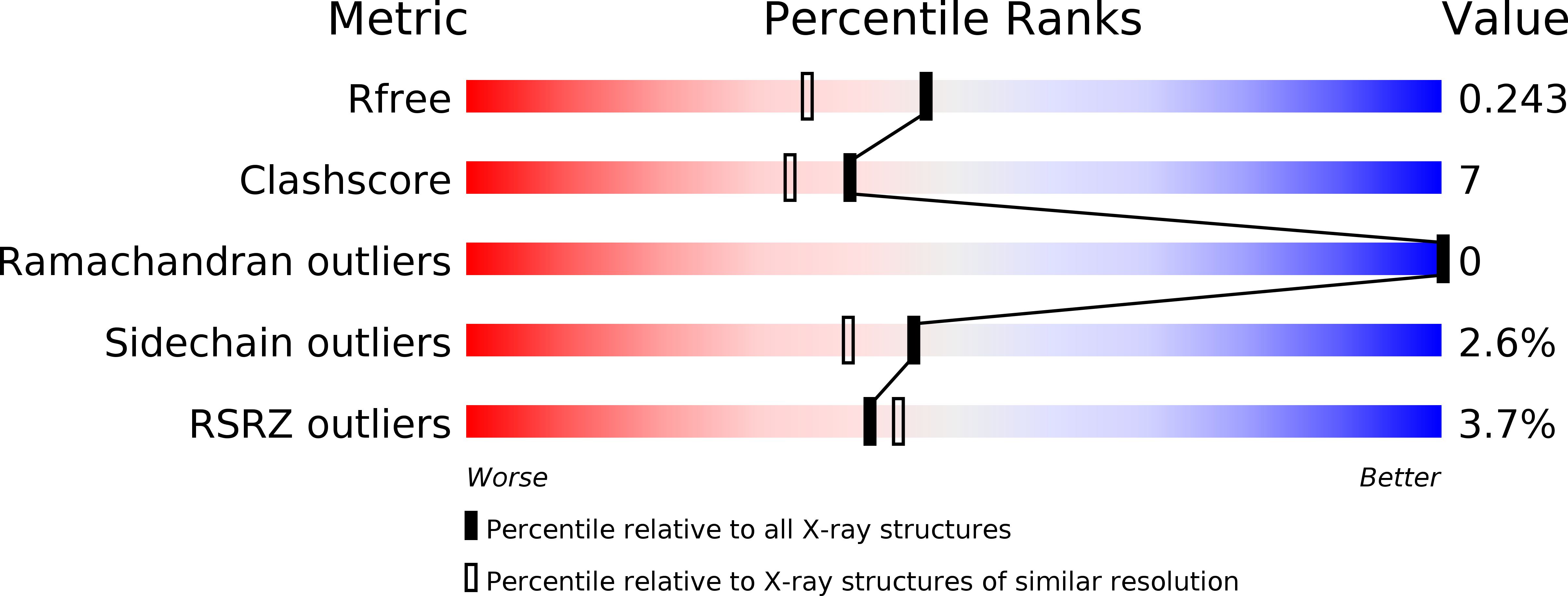
Deposition Date
2009-06-24
Release Date
2010-01-12
Last Version Date
2024-10-30
Entry Detail
PDB ID:
3HZV
Keywords:
Title:
Crystal structure of S73-2 antibody in complex with antigen Kdo(2.8)Kdo(2.4)Kdo
Biological Source:
Source Organism:
Mus musculus (Taxon ID: 10090)
Method Details:
Experimental Method:
Resolution:
1.90 Å
R-Value Free:
0.24
R-Value Work:
0.21
R-Value Observed:
0.21
Space Group:
P 21 21 21


